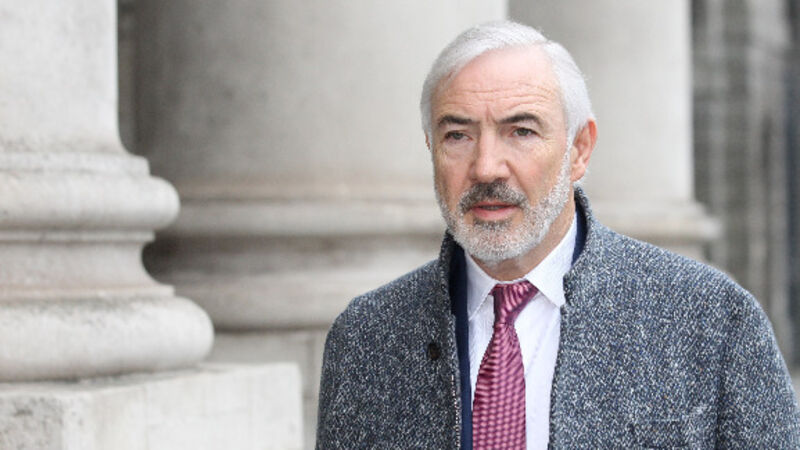Businessman Sean Dunne tells court he was 'hounded' from home by media

Businessman Sean Dunne has told the High Court his main residence in 2013 and beyond was a house in Connecticut, US, from which his wife and family were "hounded" by the media.
Try from €1.50 / week
SUBSCRIBEBy Ann O'Loughlin
Businessman Sean Dunne has told the High Court his main residence in 2013 and beyond was a house in Connecticut, US, from which his wife and family were "hounded" by the media.
Already a subscriber? Sign in
You have reached your article limit.
Annual €130 €80
Best value
Monthly €12€6 / month
Introductory offers for new customers. Annual billed once for first year. Renews at €130. Monthly initial discount (first 3 months) billed monthly, then €12 a month. Ts&Cs apply.
CONNECT WITH US TODAY
Be the first to know the latest news and updates
Newsletter
Keep up with stories of the day with our lunchtime news wrap and important breaking news alerts.
Monday, December 8, 2025 - 9:00 PM
Monday, December 8, 2025 - 5:00 PM
Monday, December 8, 2025 - 6:00 PM
© Examiner Echo Group Limited